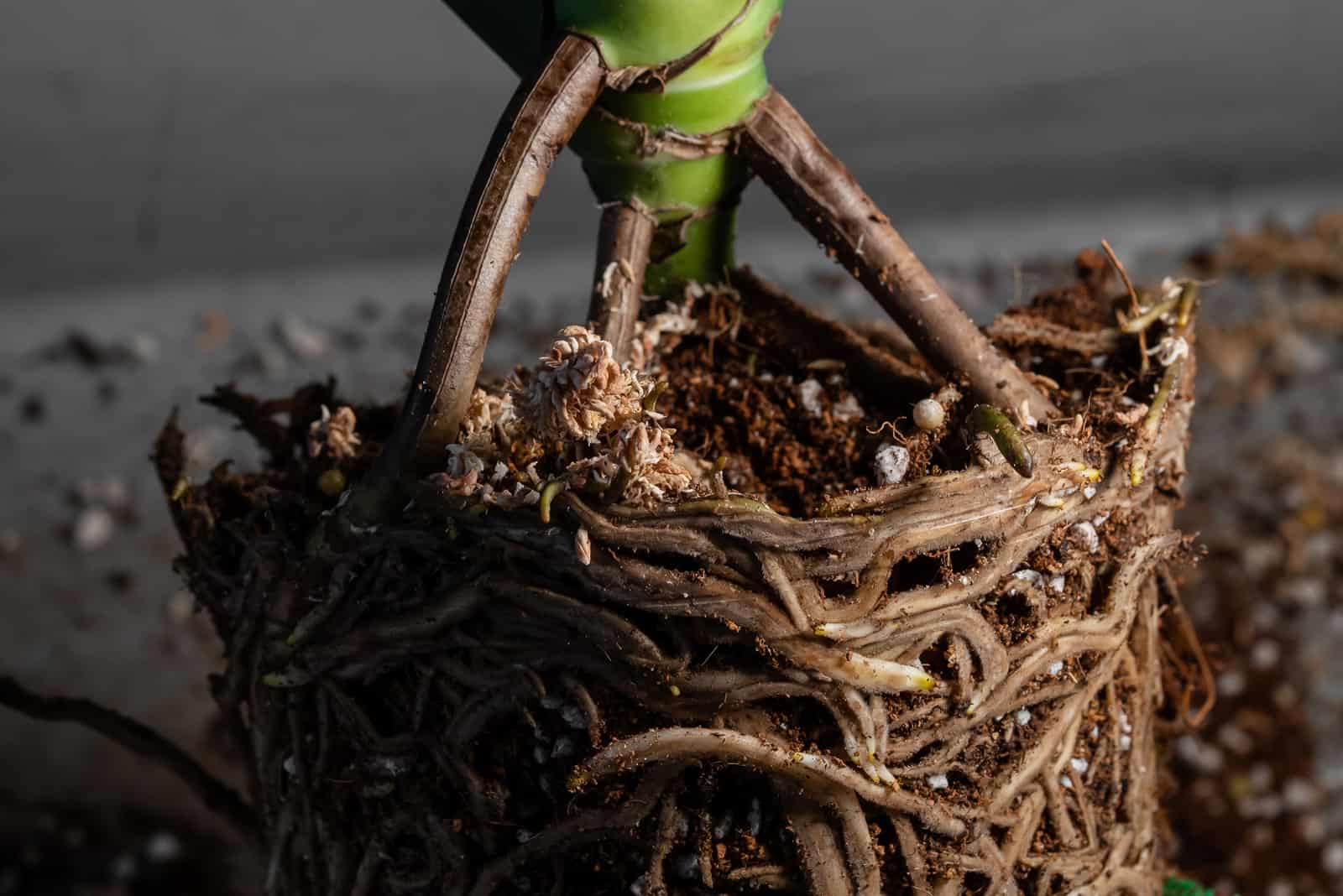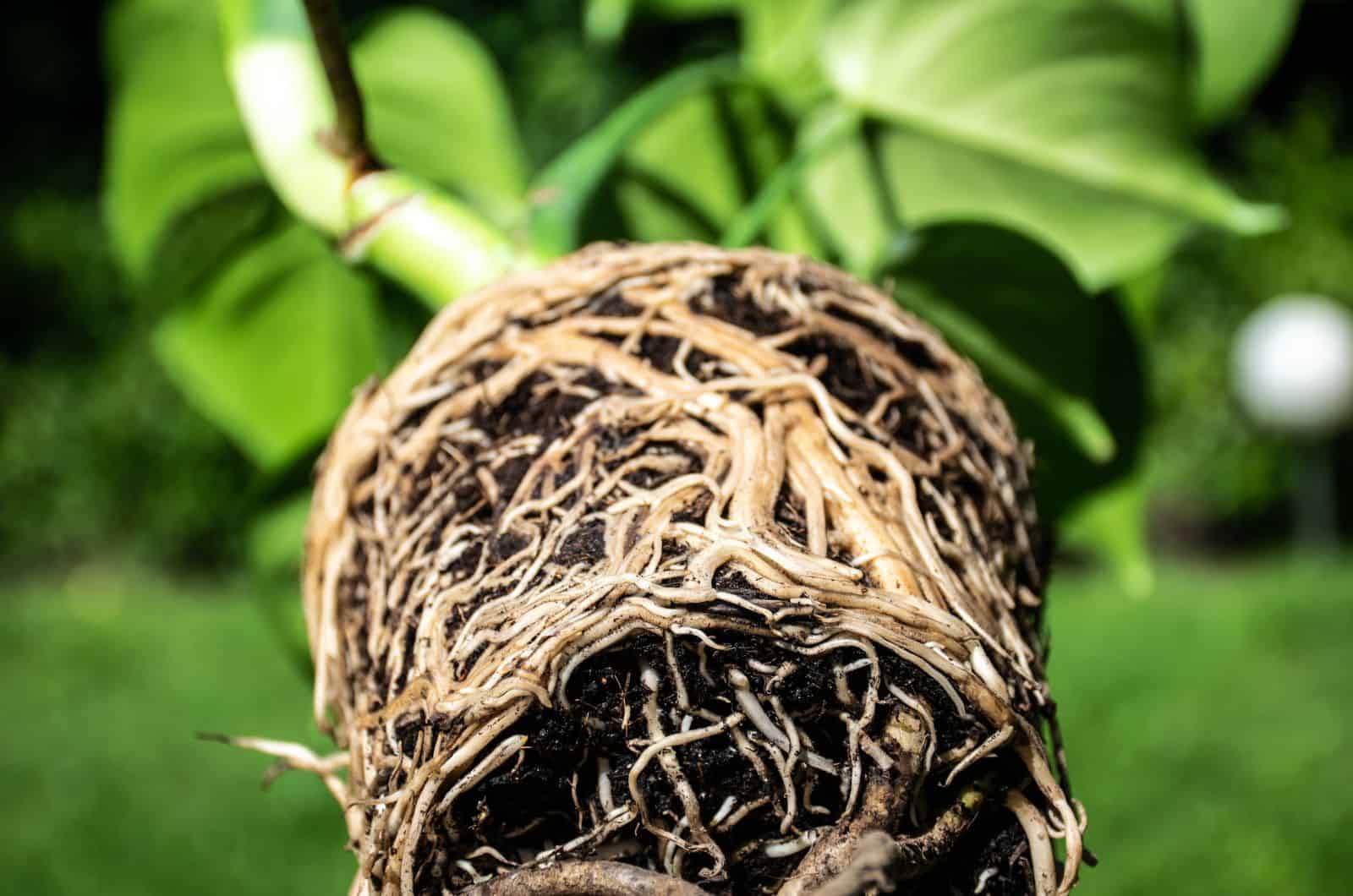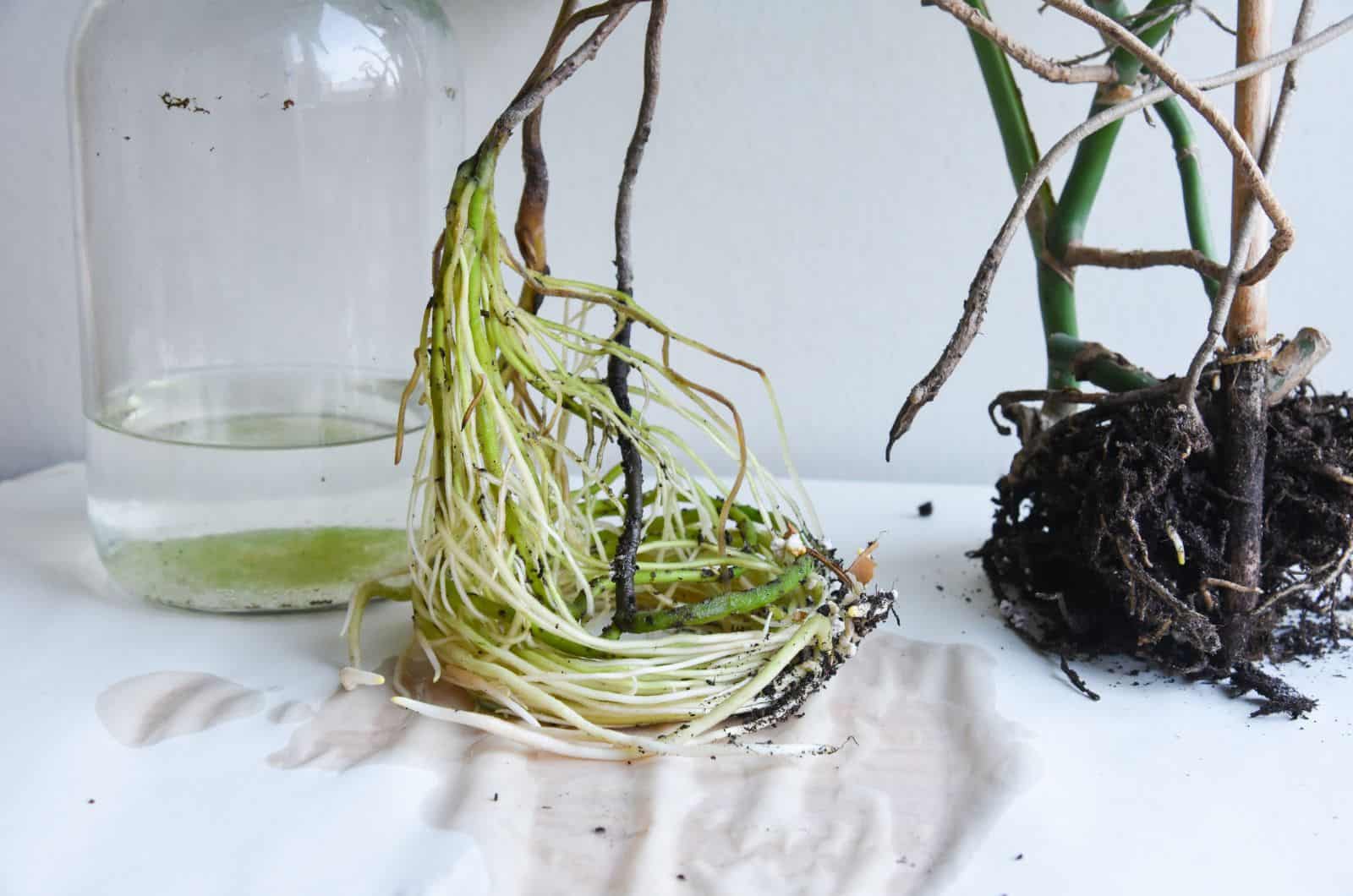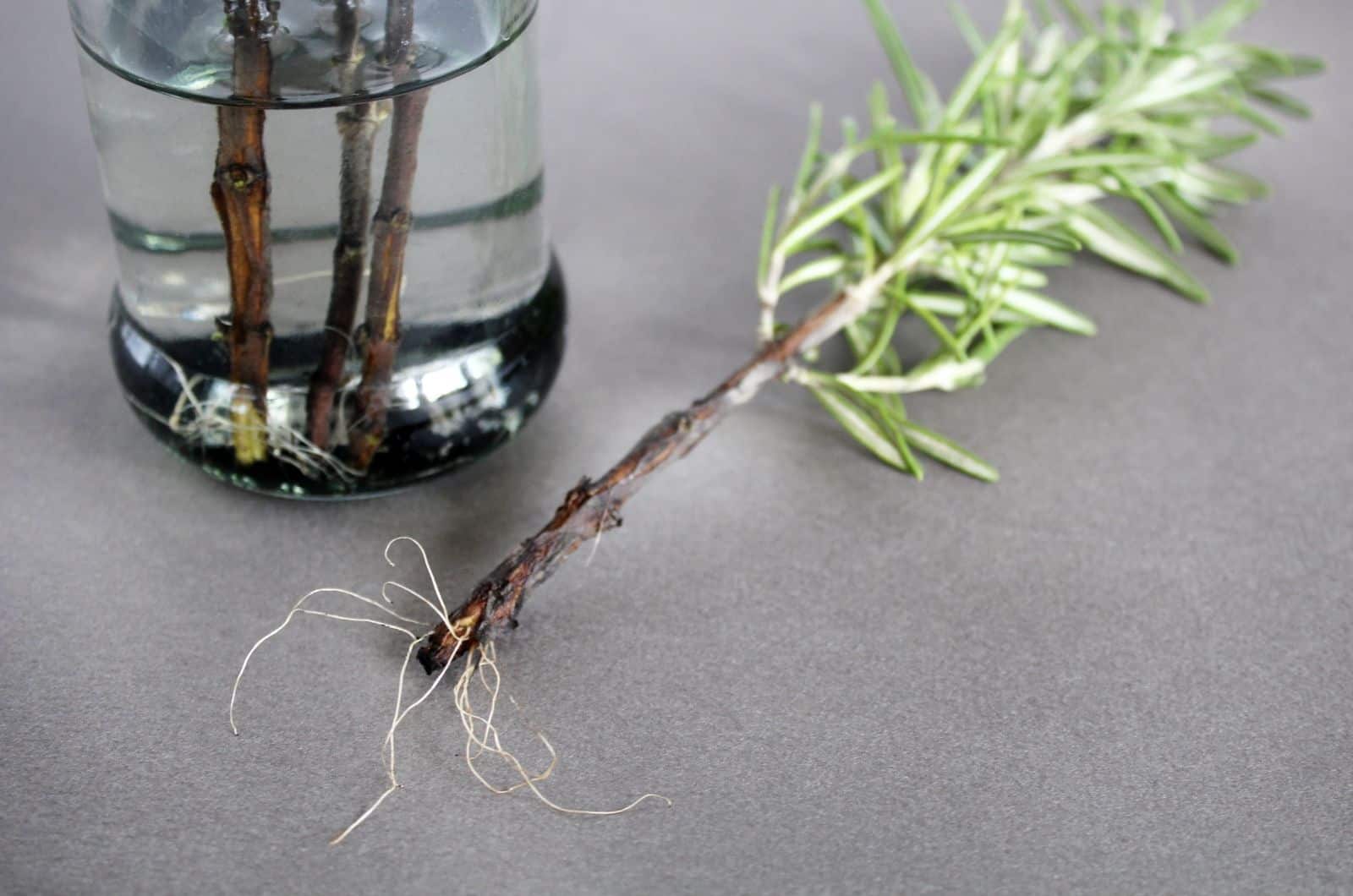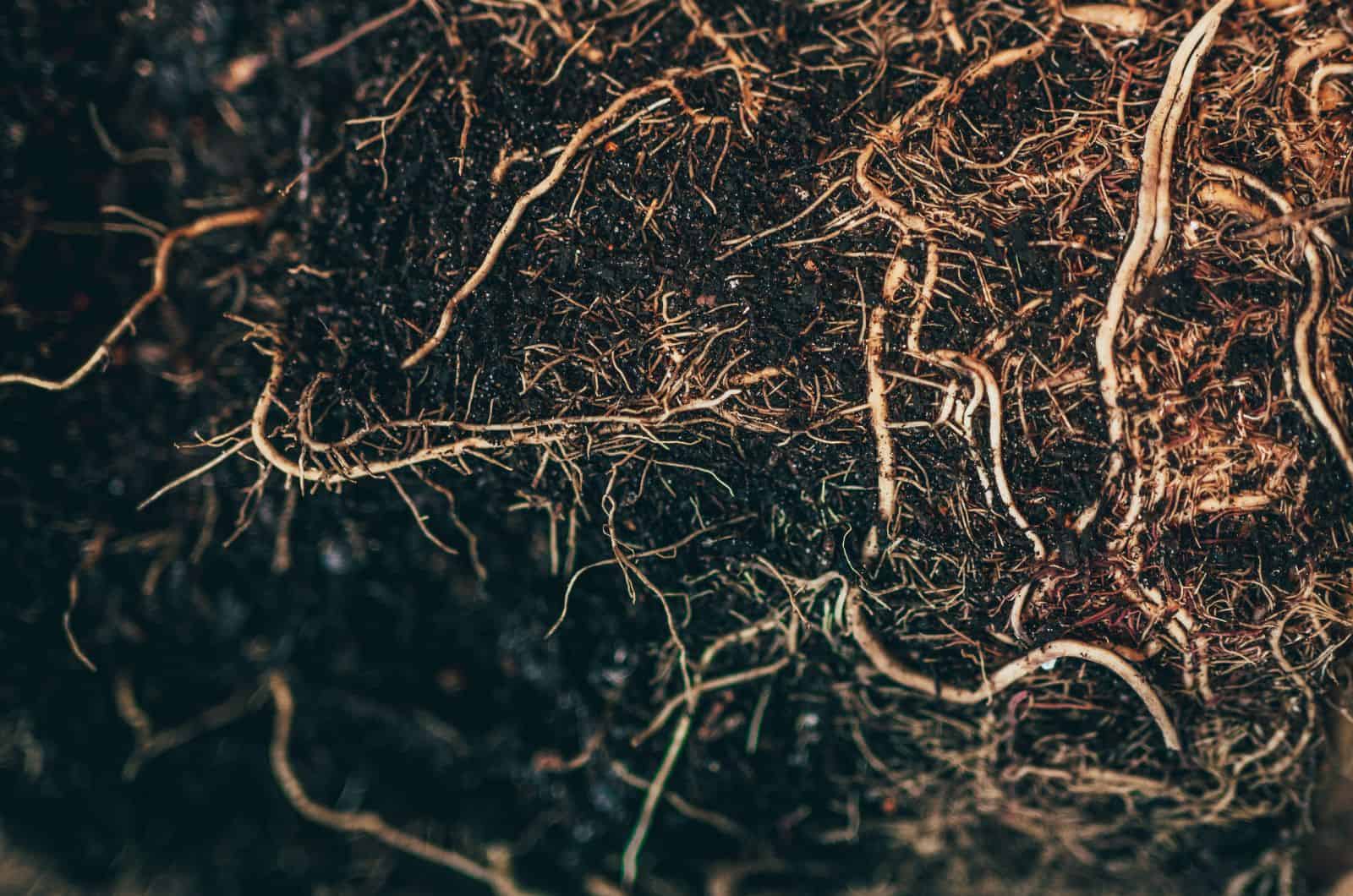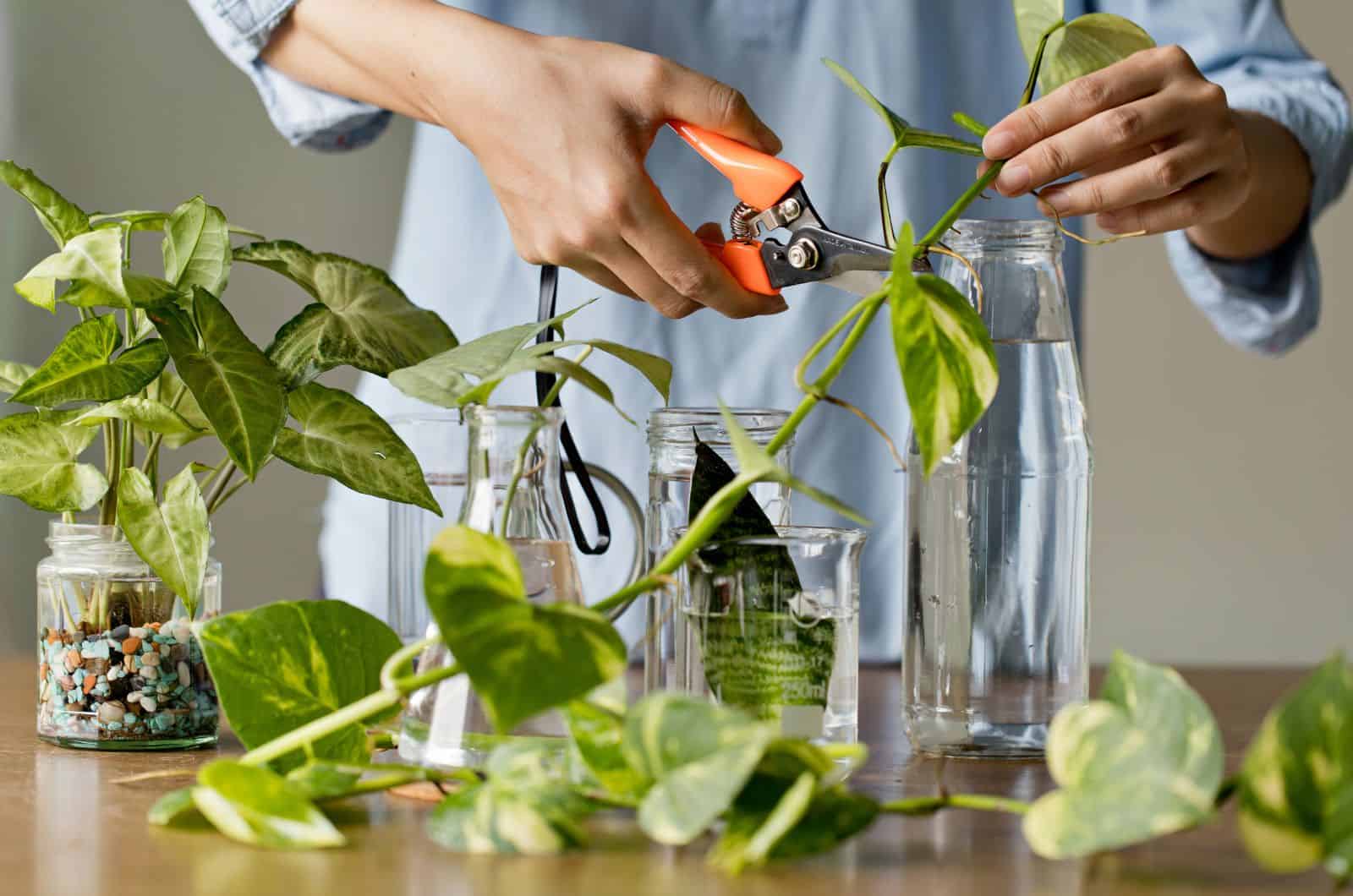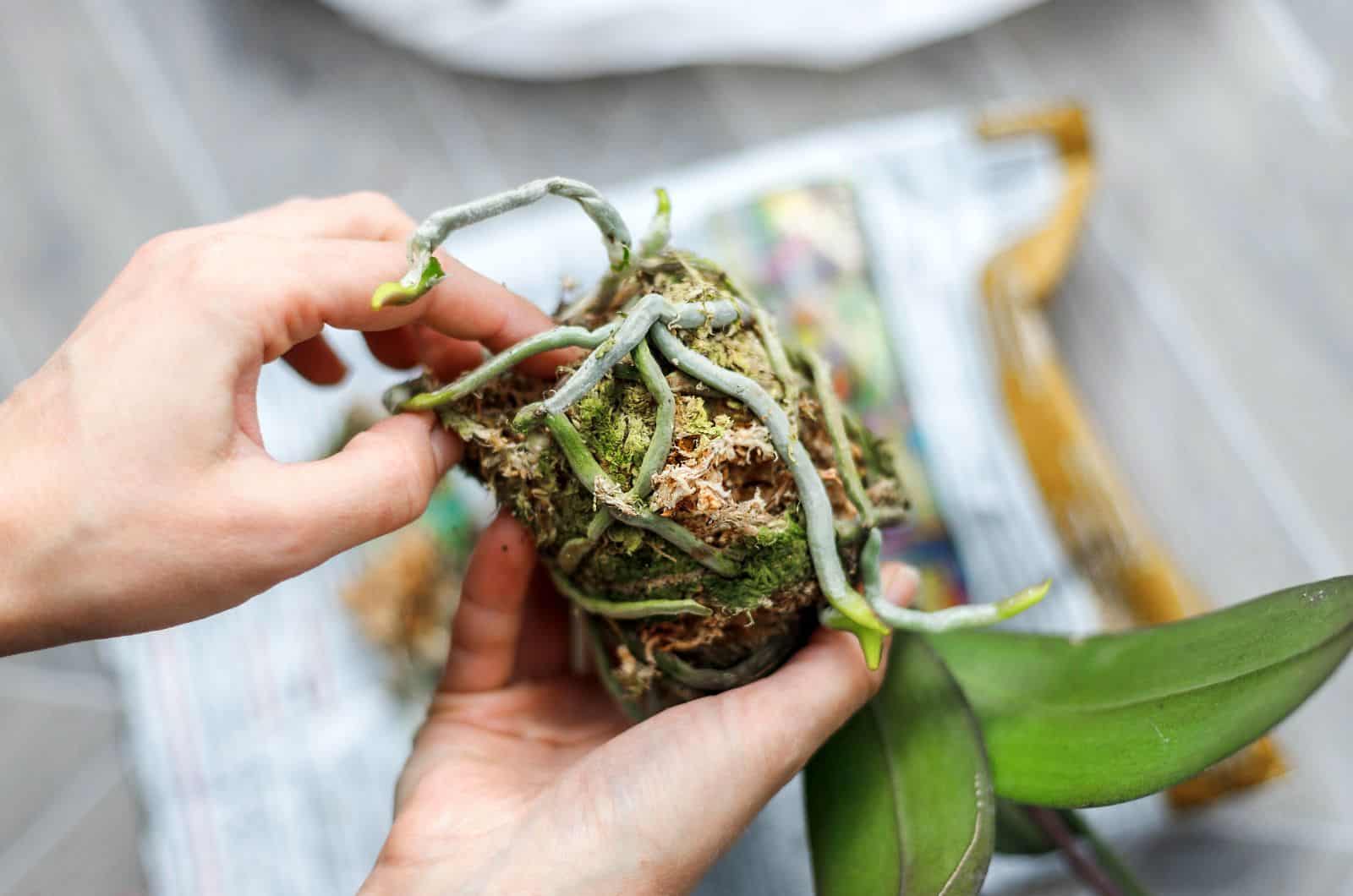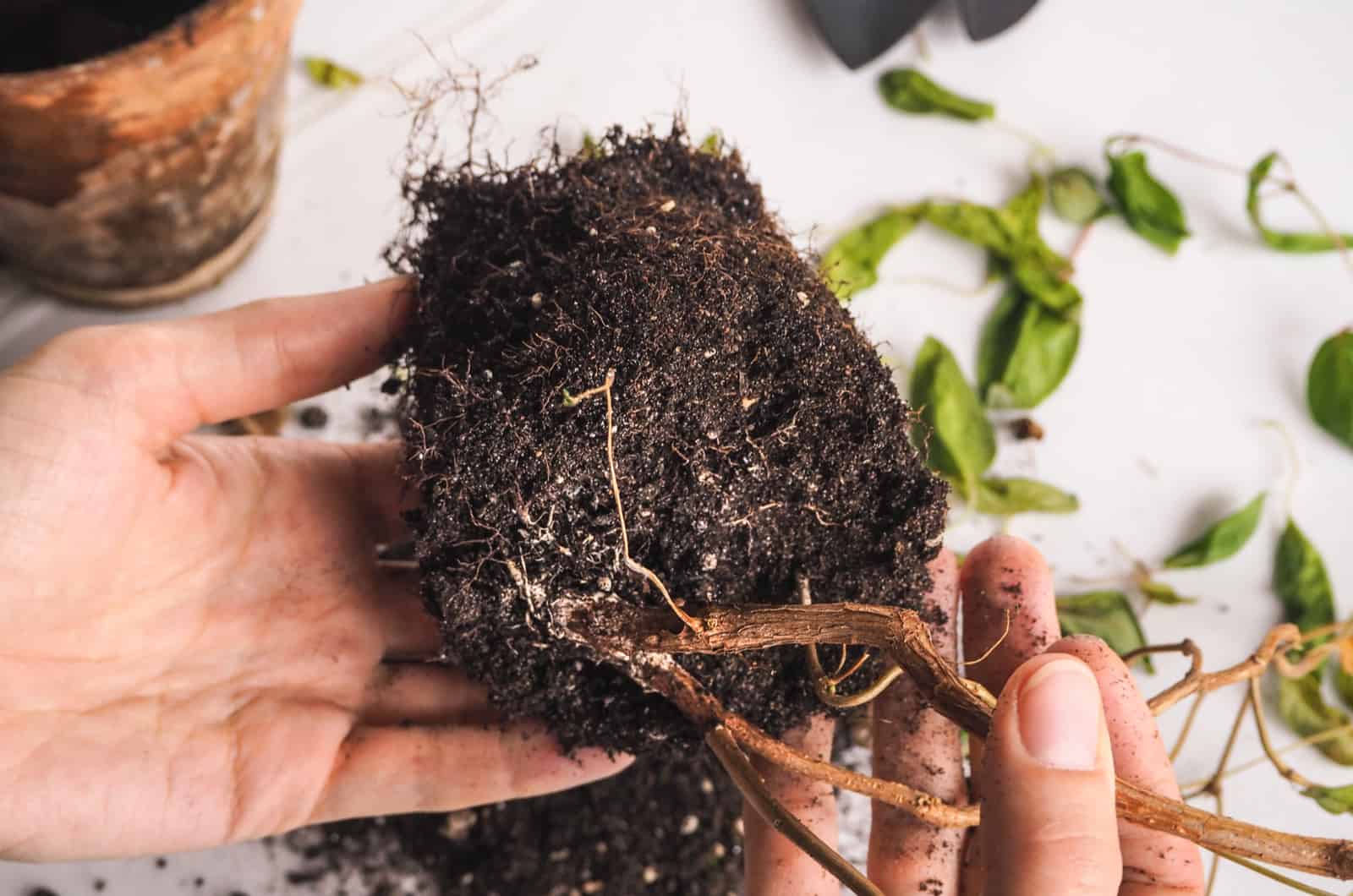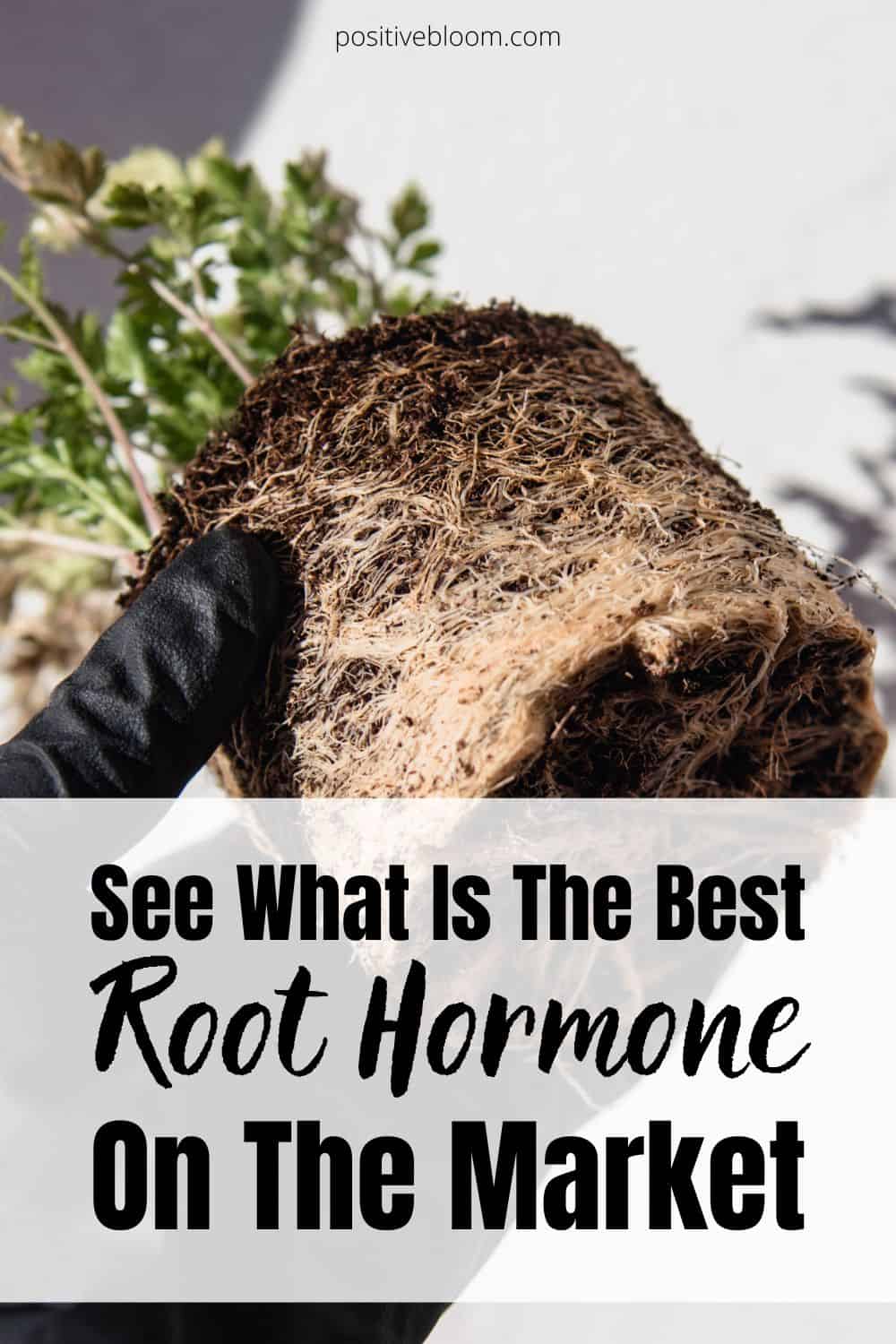If you want your propagation to be successful, then you should definitely use the best root hormones on the market!
As the name suggests, the rooting hormone improves root development — therefore, it can also be used for starting seeds, rhizomes, and bulbs. There are different forms of rooting hormones, so you can pick and choose what suits you and your plant the best.
Whether you are using it for plant propagation or improving rooting system development, make sure to always follow the instructions provided by the manufacturer. This way, you will ensure you get the best out of these hormones!
Now, let’s see some of the best rooting hormones and what ingredients you should look for.
What Is The Best Root Hormone?
Root hormone is produced naturally by plants. However, some plants can produce this hormone relatively easily and in large quantities, which is why it is easier to propagate some plants than others.
Scientists have come up with a great solution, and that is producing a synthetic form of the rooting hormone — it basically has all of the same functions, and it is almost completely harmless. So, instead of letting the stem cutting struggle on their own, gardeners tend to use rooting hormones, which promote quicker and stronger root growth and also protect the cuttings from various fungi and diseases.
Some of the active ingredients that can be found in a good root hormone include:
• Naphthaleneacetic acid (NAA) — prevents rotting and stimulates root growth. It is usually found in all rooting hormone products.
• Indole-3-butyric acid (IBA) — similar to the previous ingredient, this chemical form of the plant hormone auxin actually triggers new roots and root development.
• Other nutrients — some products also contain additional minerals, including nitrogen and amino acids, to promote the growth of leafy greens or have different vitamins to support the formation of flowers.
If you choose to apply root hormone, you should consider what type of plant you are growing and also for what purpose you are using the rooting hormone. One of our top picks is definitely the HydroDynamics Clonex Rooting Gel, though others like the Hormex Rooting Hormone Concentrate, Garden Safe Takeroot Rooting Hormone, General Hydroponic Rapid Start, and Dip ‘N Grow Liquid Rooting Hormone, are also good products with a high success rate.
When you check prices of these products, they are usually around 20 bucks. So, if you don’t want to spend your money, you can always make your own rooting hormone. Although the chances of success may differ, you might still get some good results and improve the plant roots!
This is not advised for beginner gardeners — you should first get good at propagation with store-bought root hormones, then consider using your own DIY stuff when gardening.
When To Use The Rooting Hormone
Root hormone solutions should be used for propagating plants, especially ones that are not easy to propagate. For instance, houseplants like snapdragons or orchids are very hard to propagate, while others like Philodendron Birkin and Monstera Friedrichsthalii are propagated rather easily.
Please note that the rooting hormone will increase the chances of success, but it can’t guarantee that the propagation is going to be successful.
However, there are other uses of rooting hormones — they can be used to encourage new plant growth, make sure that the plants develop strong roots, start the seeds, and also revive damaged or dying plants.
Different Types Of Rooting Hormones
Root hormones come in three different forms: powder form, liquid form, and gel form. Generally speaking, all three have similar effects — they ultimately encourage root development. However, certain forms are suitable for certain plant species and types of cuttings.
So, let’s look at them in more detail to see what type of rooting hormone you should use for your favorite plant!
Powder Rooting Hormone
Powder rooting hormone is the most common type of rooting hormone product, and it has a long shelf life and should be stored in the refrigerator.
It is also relatively easy to use. Many gardeners dip the end of the cutting in the water so the powder can stick and cover the cut area. You should take some tiny powder batches and pour them into a small container or dish to prevent contamination and infections in the powder bottle.
I must say that liquid hormones turned out to be much more efficient compared to the powder rooting hormone; however, growers and gardeners commonly use it because of its easy storage and low cost.
Liquid Rooting Hormone
There are two types of liquid rooting hormones: concentrated liquid and ready-to-use liquid. The concentrated form must be diluted with water first, but the ready-to-use hormone can be applied right from the bottle.
Many gardeners choose the ready-to-use liquid hormone because they don’t have to deal with dilution or work out how much hormone to use. However, it is recommended to put the liquid hormone in a separate container and then dip the plant cuttings in it to prevent contamination.
The concentrated form must be diluted first. Although diluting your rooting hormone may seem like a headache, it is usually less expensive than the ready-to-use kind. Additionally, it enables you to adjust the dilution to suit the plant you are trying to grow more precisely.
The liquid form is usually used for indoor plants that are more delicate and have trouble developing healthy roots on their own. However, you can use it on other plants as well.
Gardeners choose the ready-to-use form simply because it is easier, even though the concentrated form is less expensive.
Gel Rooting Hormone
The gel form is also a pretty common type of rooting hormone, mainly because it has better adherence and provides thicker coverage on the root cutting. It is also less messy than other types, and you won’t have to deal with dilution.
It would be best if you also put the gel into a separate container when dipping the cuttings in order to prevent contamination and the spread of infection. After you have dipped the cutting, simply put it in its growing medium and provide good growing conditions (warm temperatures and watering).
The gel is mostly used for fruit trees, woody plants, and flowering plants, though you can also use it for vegetables and softwoods as well.
Other Alternative Options
If you don’t want to use synthetic forms of rooting hormone, you can always look for organic options!
Two great natural rooting hormones are honey and willow, though they might not have the same effects and success rates as synthetic ones.
Willow Extract
Willow is one of the best low-maintenance trees that has many uses. As well as looking absolutely stunning in your garden, you can use its extract as a rooting hormone!
It contains the two auxin hormones, salicylic acid (SA) and indolebutyric acid (IBA), in high concentration in the growing tips. Combining these two auxins promotes root development while shielding the cutting from bacterial and viral infections.
For more information, check out this video:
Honey
If you have new cuttings ready to be planted, but you don’t have any rooting hormone at home, you can use honey instead!
This is because honey has excellent anti-fungal and natural antiseptic properties, which are so desperately required when propagating plants in new soil, especially ones that have been severely damaged.
Ultimately, it does not contain the hormone that will trigger new root growth, but it contains properties that will protect the new cutting from pests and diseases.
You can also use aloe gel as a rooting hormone, though it doesn’t have the same effects as honey.
How To Use Rooting Hormones
If you are using rooting hormones for the first time, then you should know how to prepare for the entire process and always follow the steps carefully.
What You Should Consider
Before we dive into our step-by-step guide, there are a few things that you should consider and prepare. For instance, the right environment is crucial when propagating — ensure that the temperature is warm, you have the right soil type, and plenty of indirect light.
You should use a sterile knife or pruning shears when cutting, and make sure that you get a healthy cutting with a few leaf nodes. Prepare a separate bowl or a container for the rooting hormone, and depending on the type of rooting hormones you are applying, dilute them and use proper concentrations in case of a concentrated hormone.
Step-by-step Guide
Step 1: Prepare The Cuttings
The first step is to take a cutting from the parent plant. As we mentioned, you will have to use sterile equipment to prevent the spread of infections and diseases. Vine cuttings and leaf cuttings will work for some plant types. Make sure each leaf cutting has at least 1.5 inches of petiole (or leaf stem) if you are using leaf cuttings.
Step 2: Prepare The Rooting Hormone
If you are using gel, liquid, or powdered rooting hormone, make sure to put it in a separate bowl. The concentrated liquid hormone should be diluted with water first (there are instructions on how many cups of water to use). This should also be done in a separate container.
Step 3: Apply The Hormone
Gel rooting hormone is the simplest to apply because all you need to do is dip your cutting in it, and the gel will stick. No need to boost the rooting hormone in the middle of your propagation.
With powdered rooting hormone, you should water the cutting first, then dip it and set it aside.
If you are using the liquid form, simply dip the cutting in the solution.
Step 4: Plant The Cuttings
After applying a rooting hormone, plant the cuttings in a growing medium (aroid mixes are the best). You can also add compost when propagating.
The containers are usually covered with plastic bags to increase humidity. Keep these cuttings in bright light and make sure that they are warm enough.
Step 5: Root Development
Moist soil is crucial for root development. Make sure to provide enough moisture for your cuttings as they develop their root systems. They can easily get dehydrated because they lack roots. A humidity dome and daily misting help to remedy this.
You can relocate them to a place with reduced humidity once you notice new root and leaf development because they will be able to support themselves there.
DIY Rooting Hormone Recipes
There are some organic alternatives to the synthetic forms of rooting hormones. Therefore, you can use them to create your own rooting hormones as well!
If you want to use willow extract, make sure to check the video above. In any other case, follow this recipe on how to make honey rooting hormone:
1. Set two cups of water to boil.
2. Add one tablespoon of organic honey (you can use processed).
3. After combining, allow the mixture to cool to room temperature.
4. After the mixture has cooled, dip your cuttings into it to continue the propagation process.
FAQs
1. Is liquid or powder rooting hormone better?
Liquid rooting hormone is better than powdered rooting hormone because they are able to penetrate the plant tissue easily so that the plants can absorb and get the best out of them. Liquid rooting hormones also trigger the production of new roots.
2. What is the best way to use rooting hormone?
For concentrated liquid hormones, they should be diluted first. All forms of root hormones should be placed in a separate container instead of using them directly from the bottle — this is to prevent contamination of the entire product.
With powdered rooting hormones, the cutting should be watered and then dipped in the powder so that the powder sticks easily. With gel and liquid forms, the cuttings should be simply dipped into them.
3. What is the best time for rooting?
The best time for rooting is at the same time as propagation because this is when we tend to apply these rooting hormones. Plants are usually propagated from early spring to fall because this is when they are actively growing.
However, root cuttings are usually taken when the plant goes dormant, so late fall and early winter might be the ideal time for rooting.
To Sum Up
As you can see, there are tons of options out there, so it might be difficult to determine the best root hormone.
I would recommend you use these rooting hormones when propagating delicate plants that have difficulties with developing roots. However, you can skip using them when propagating ZZ plants, for instance.
Always follow the instructions on the packaging and be extremely careful when propagating.
I hope this article was helpful.
Until next time!
Like this post? Share or pin it for later!

